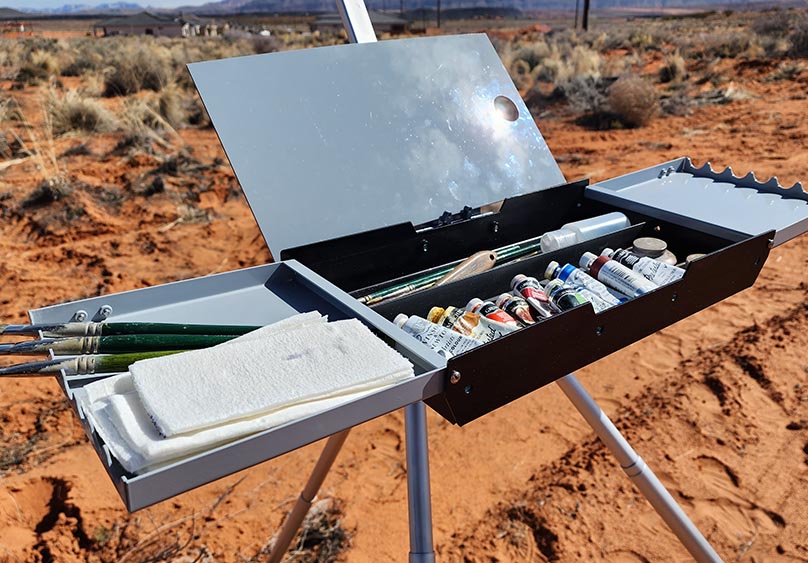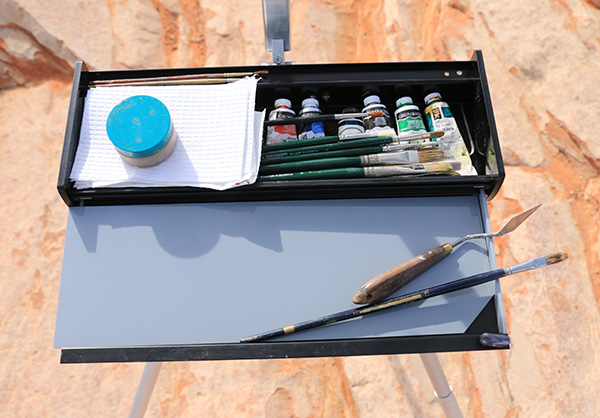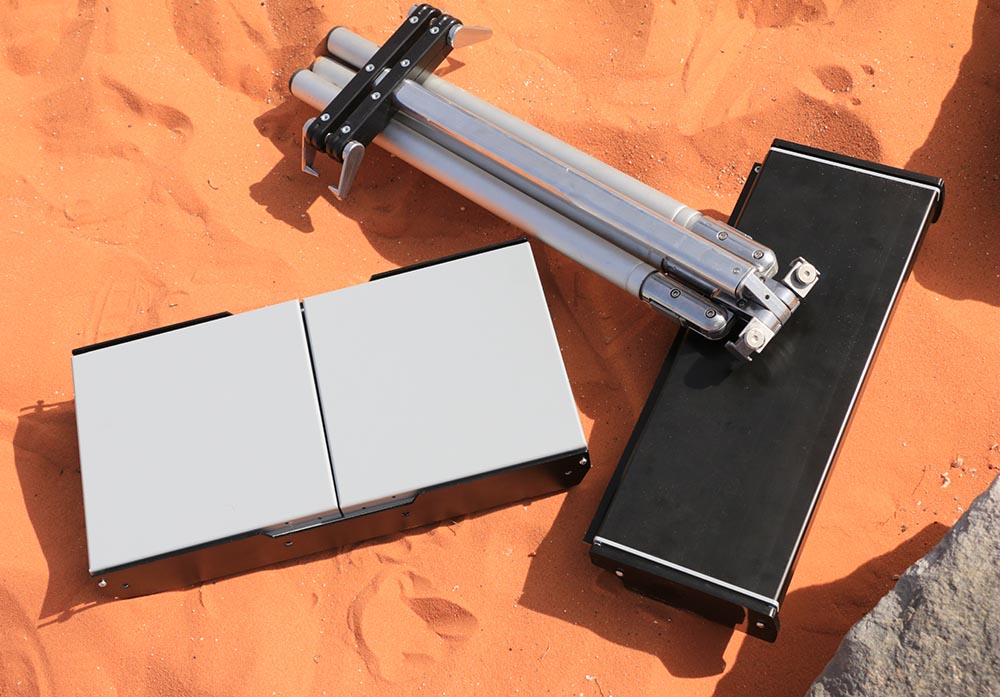evolving plein air painting
Inside our 30-year journey to make plein air painting easels lighter, easier, quicker, more compact, simpler, longer-lasting and better-looking
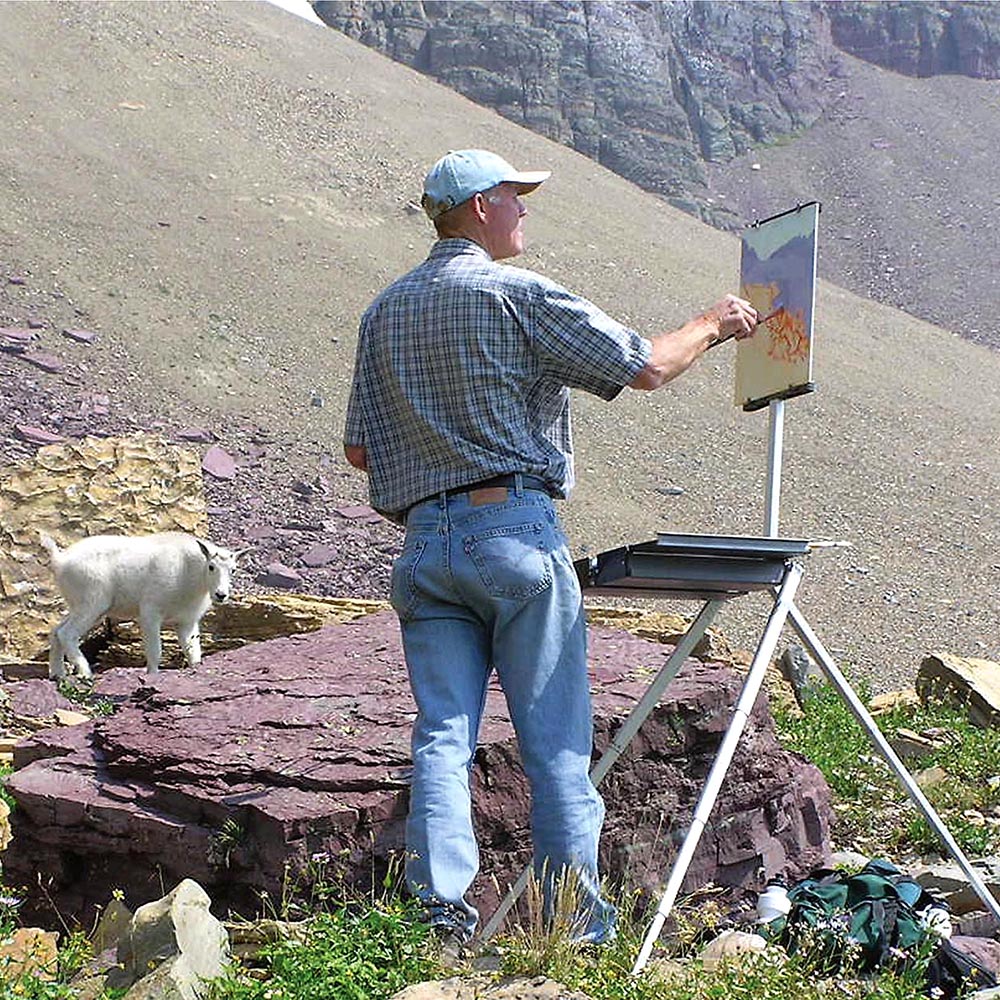
for artists, by artist Jim Wilcox
Acclaimed landscape artist Jim Wilcox recognized that plein air easels had fallen behind the times in the 1990s.
He’d grown tired of lugging around a 14-pound wooden easel.
Once on-site after shouldering the heavy load, he noticed he spent so much time fiddling with myriad wingnut adjustments that he often missed the moment or lighting conditions he had paused to capture.
a background in design, a love of landscape art
When starting his career, Jim Wilcox had a tough choice to make.
He loved design and had studied architecture and design heavily.
A big part of him wanted to pursue design as a career either as an architect or car designer.
The larger part of him knew that landscape painting would allow him to have an office in his favorite places. The car designers he knew were cooped up in musty offices in Detroit.
French box, refined
The French box is a 19th century tool in a 21st century world.
After decades of a successful art career that continues to this day, Jim Wilcox leaned on his design background to refine the French box easel.
He had one question in mind as he started his quest: what would plein air painting look like if Apple designed the easel?
Despite literally centuries in materials advances and new technology, the majority of the plein air art world still resorts to heavy, clunky easels that could’ve been designed in the 1800s.
These antiquated easels are slow to set up, quick to break, and difficult to take anywhere — especially by plane.
Even if artists have found more modern equivalents, they still take too long to set up, come in too many pieces and have to be assembled on site every time.
we're lazy, so we made it simple
It’s too easy for artists to justify leaving the easel at home.
That means it’s easy to miss the moment. To fail to capture a masterpiece.
Jim Wilcox spent 8 years designing the original Soltek and another 23 creating a worthy successor.
All so we could be lazy when painting plein air.
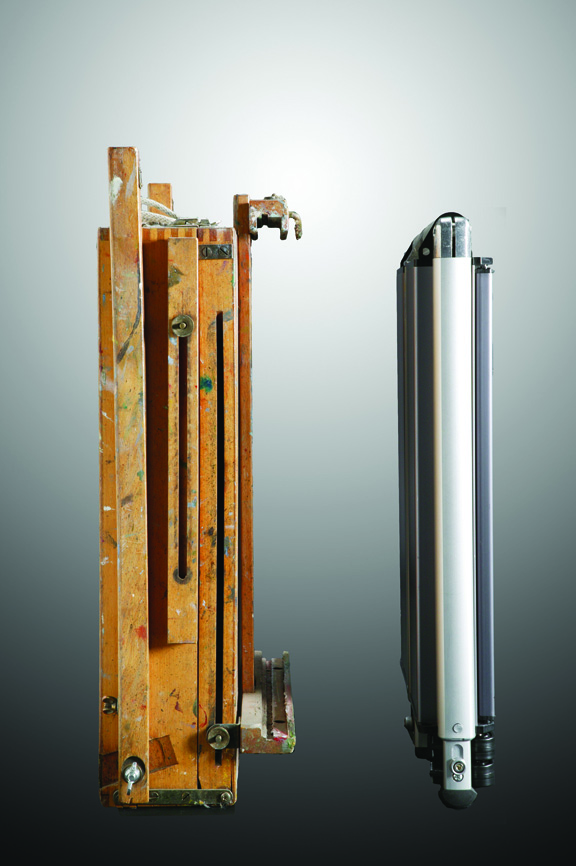
the original Soltek
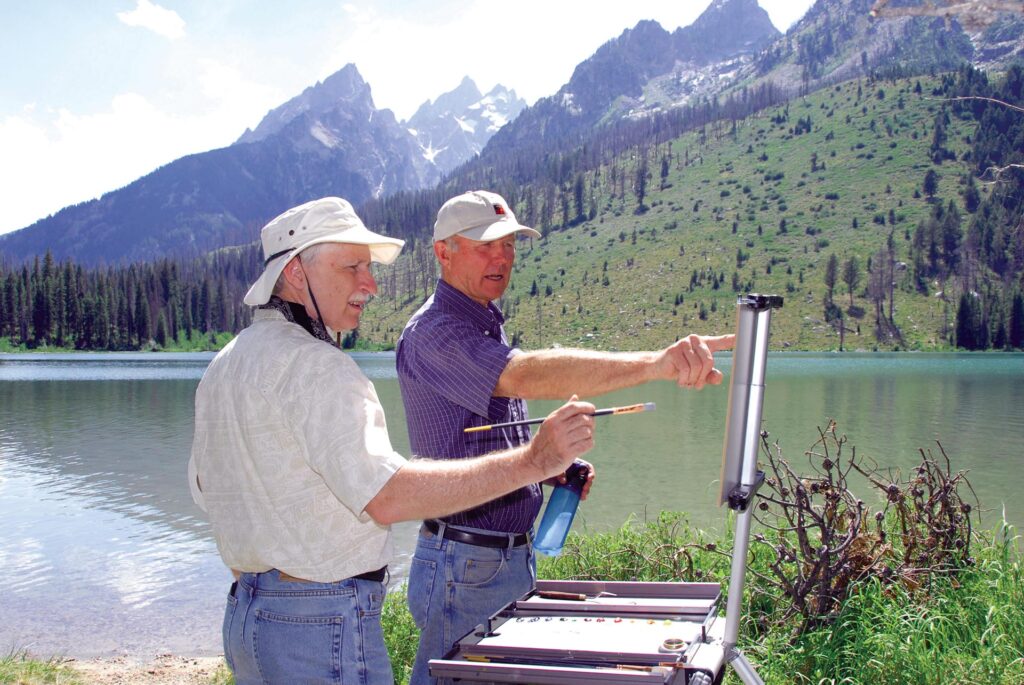
the plein air revolution
While conducting market research for the original Soltek, Jim Wilcox found out the average artist buys 1.1 easels per year.
He decided to refine the easel to the point that it could be the last easel an artist ever purchased.
When the original Soltek Easel released in 1999, it set the plein air painting world on fire.
It sold faster than it could be produced and spread through positive word-of-mouth referrals more than any other avenue.
the evolution of the revolution
Many artists still paint on their original Solteks after nearly 25 years of continued use.
However, Wilcox still saw room for improvement in the design of the Soltek, and spent 23 years improving the design enough to burn the bridges and start fresh with a Soltek 2.0.
The Soltek Ultra, Soltek Compact, and the Soltek Trio are the evolution of the revolution in plein-air painting that Soltek started way back in 1999.

